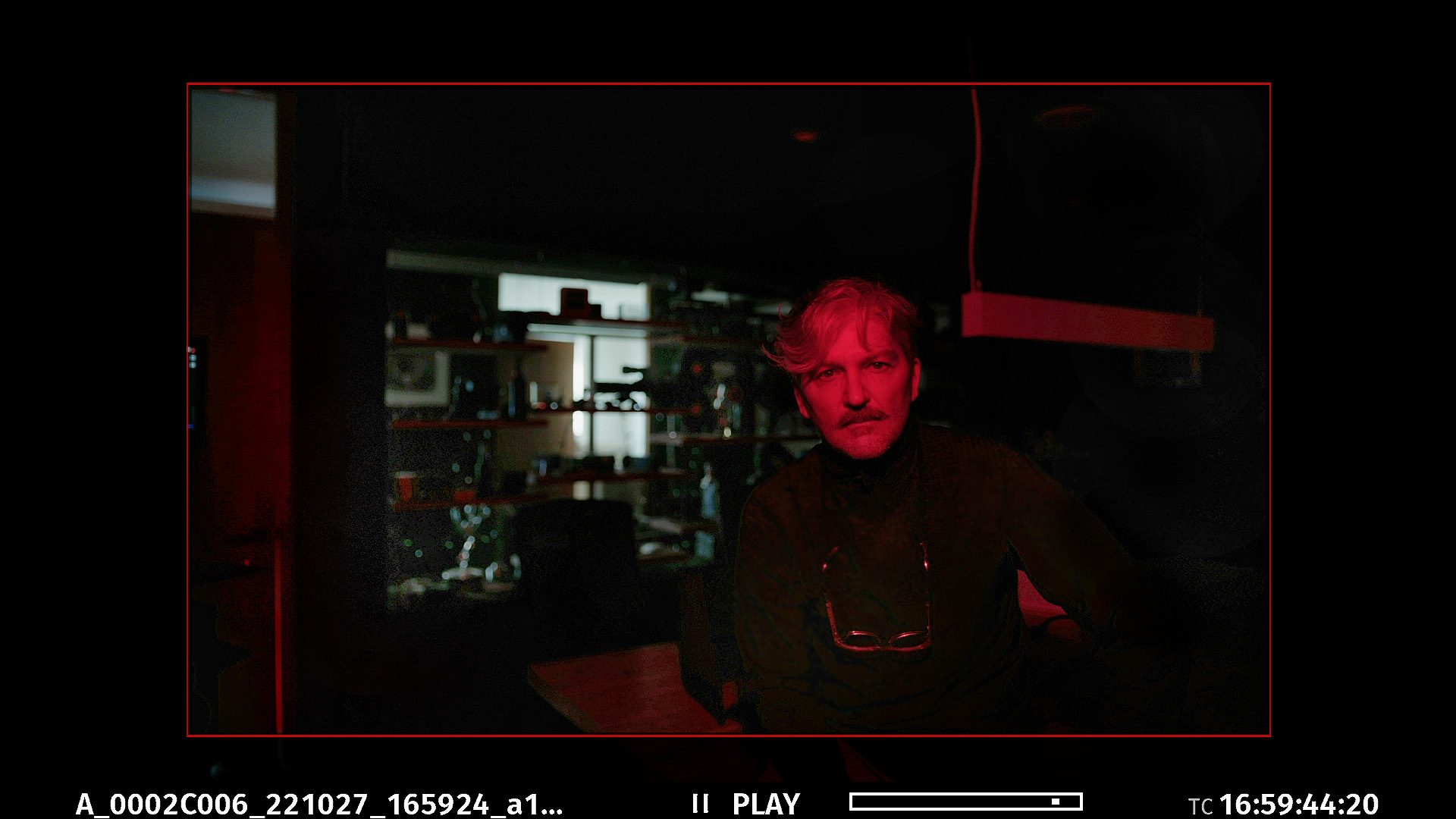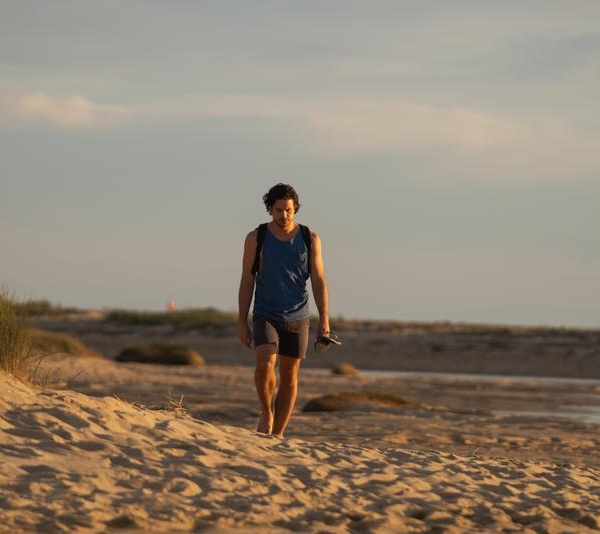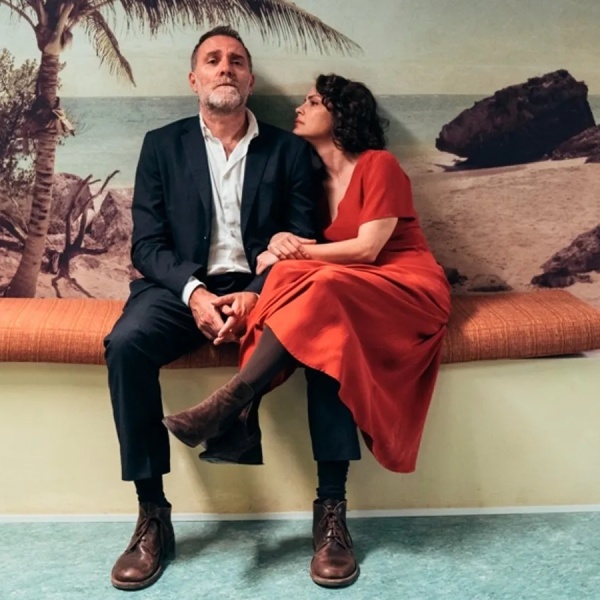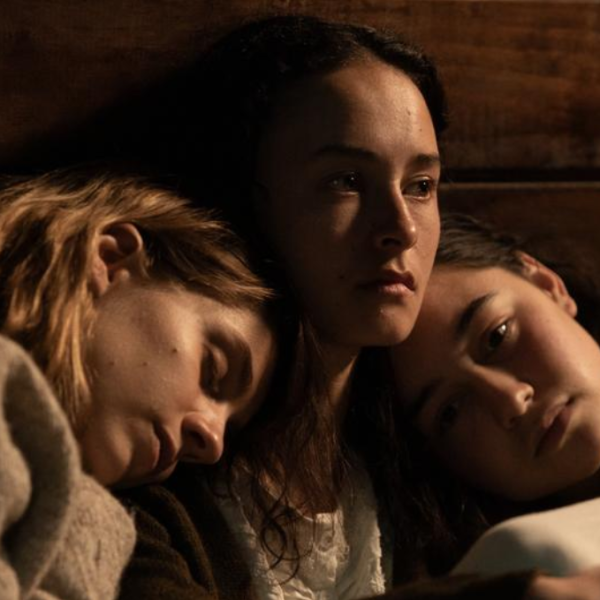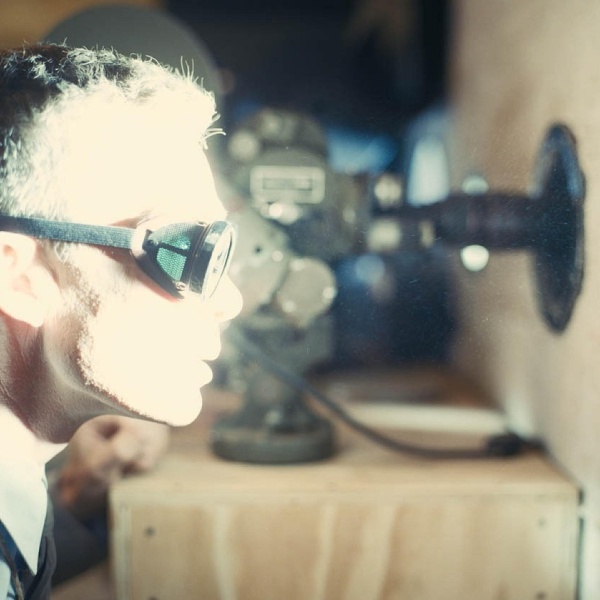Sometimes, it’s hard to remember that every single part of a film is fake. Filmmakers manipulate what we see, how we see it, when we see it, and what we think it means. This has always been true, but the layers can become even more granular since the advent of digital cinematography, non-linear editing, and sound that can meld as many layers on a timeline as a designer wants. But one of the most powerful and often misunderstood tools is the LUT, or the look-up table. What are they, how do they affect the color and light of a filmed image, and why did “Barbie” have three of them?
According to cinematographer Ross Riege, the simplest way to think of a LUT is as a digital film stock. “People can look up and google all the technical sides of how they work, but really [a LUT] pushes your camera in one direction [in terms of the project’s color] or the other,” Riege told IndieWire.
Different film stocks emphasize different colors — historically, to the benefit of whiter skin tones — or whether a given stock is more accepting of under or overexposure (ie. how dark can you push the image), how much grain there is. Before digital, cinematographers would select stocks that worked best for a particular film or show, how the stock should be processed, color-timed (i.e. balancing the color in each shot), and printed for editing and, ultimately, distribution.
This workflow is now fully digital if filmmakers want it to be, but it still needs to be taken into account when shooting on set. A digital camera will take in raw footage that is extremely “flat,” handling colors in a way that allows for the widest spectrum between white and black. And if that’s how it looks on the cinematographer’s monitor, they may make lighting and framing choices that don’t ultimately work with the way that the film or show should actually look once it’s ready to be streamed.
“Being able to calibrate your camera by use of a LUT so that it’s interpreting stuff through a [digital] film stock that is already pushing the camera in the direction the world is supposed to feel: that’s the primary goal of the LUT,” Riege said.
LUT stands for look-up table, and it is just a collection of values that a digital camera’s monitor “looks up” to change how it interprets the raw color information, which, of course, changes what a cinematographer sees. Cinematographers certainly can “bake-in” color values into the footage itself, which can save time upfront but offers much less flexibility to tweak color and exposure in post.
Digging into the meat of a LUT is just diving into a sea of numbers, shifting how white the whites are or providing brighter or darker colors, exactly like the filters that come pre-loaded on any camera app or Instagram account to make something look darker, moodier, hazier, or sharper. A LUT just leaves the footage itself intact. It is something that the cinematographer and the colorist can collaborate on even before shooting begins to create footage that is as close to the finished product as possible, and then apply it in post and continue to make color grading tweaks from that agreed-upon base.

Colorist and filmmaker Devan Scott told IndieWire that when a TV show or film looks “too dark,” and audiences blame “bad color grading,” that is, “Death by a thousand misunderstandings. A lot of people tend to misattribute decisions. When I’m shooting, I will make my color grading decisions before I shoot and I’ll be previewing it on set. But that doesn’t mean I’m shooting dark. I’m often shooting those dark scenes very bright, like they’re overexposed by three stops, but I’m looking at them on my monitor with my color grade applied that makes them look like the middle of the night.”
If LUTS help ensure fidelity to the final film look on set, they also allow for maximum flexibility in prep. “When I first started working with LUTs, I had to wrap my head around, ‘OK, you use a LUT, but you’re still doing color on top of that like you would normally,’” Riege said. “Most of us DITs and DPs just start building up this folder of different LUTs that you use. And so in that sense, it’s not as simple as film stock, because you can [take] ones you used on a project and try it on a new project and see what happens.”
For the Peacock series “Rutherford Falls,” Riege said that he and director Lawrence Sher’s conversations about color separation and practical lighting led Sher to suggest they try out the LUT from “Joker,” which he had. “And it’s actually a great demonstration of what a LUT can do to manipulate the image in one direction or the other. Then we could use that a reference point as we made our own version, but it inspired some of the behavior of our LUT. It’s a lot of fun to mess around and experiment because it’s really not as simple as saying it’s a filter you’re using for your camera,” Riege said.

It’s also not as simple as having one LUT per story. Cinematographer Rodrigo Prieto felt that it was important for the colors to be viscerally different in Barbie Land as opposed to the Real World, never mind the kind of liminal space that “Barbie” pops into on occasion. “We ended up creating a LUT for Barbie Land, and I asked Greta to give it a name, and she called it Techno-Barbie, [because] we based it on three-strip technicolor,” Prieto told IndieWire.
It was a tricky balance to get the world of Barbie Land bright without affecting the actors’ skin tones, but it was essential to light, costume, make-up, and style all the Barbies and Kens in a way that would ultimately look good once the footage was color graded. “Then we had a regular film emulation LUT; we just wanted it to feel like a regular movie, and then we had a LUT created for the Volume stage,” Prieto said. “That needed a special LUT as well.”
One LUT or many, at the end of the day they’re tools that allow filmmakers to make stronger aesthetic choices. “I can’t stress enough how subject to trends we all are,” Scott said. “A lot of the times when people complain about [whether or not something looks ‘real’ or ‘cinematic’], they’re complaining about poor execution. I will vehemently defend something like ‘The Batman,’ which was not a movie I cared much for, but Greig Fraser’s work on the visuals: it’s terrific, and “The Batman” is just as dim as “The Little Mermaid,” but it didn’t draw nearly the ire as that film.”
If you want to recreate the look of “The Batman” yourself, well, there’s a LUT for that.
